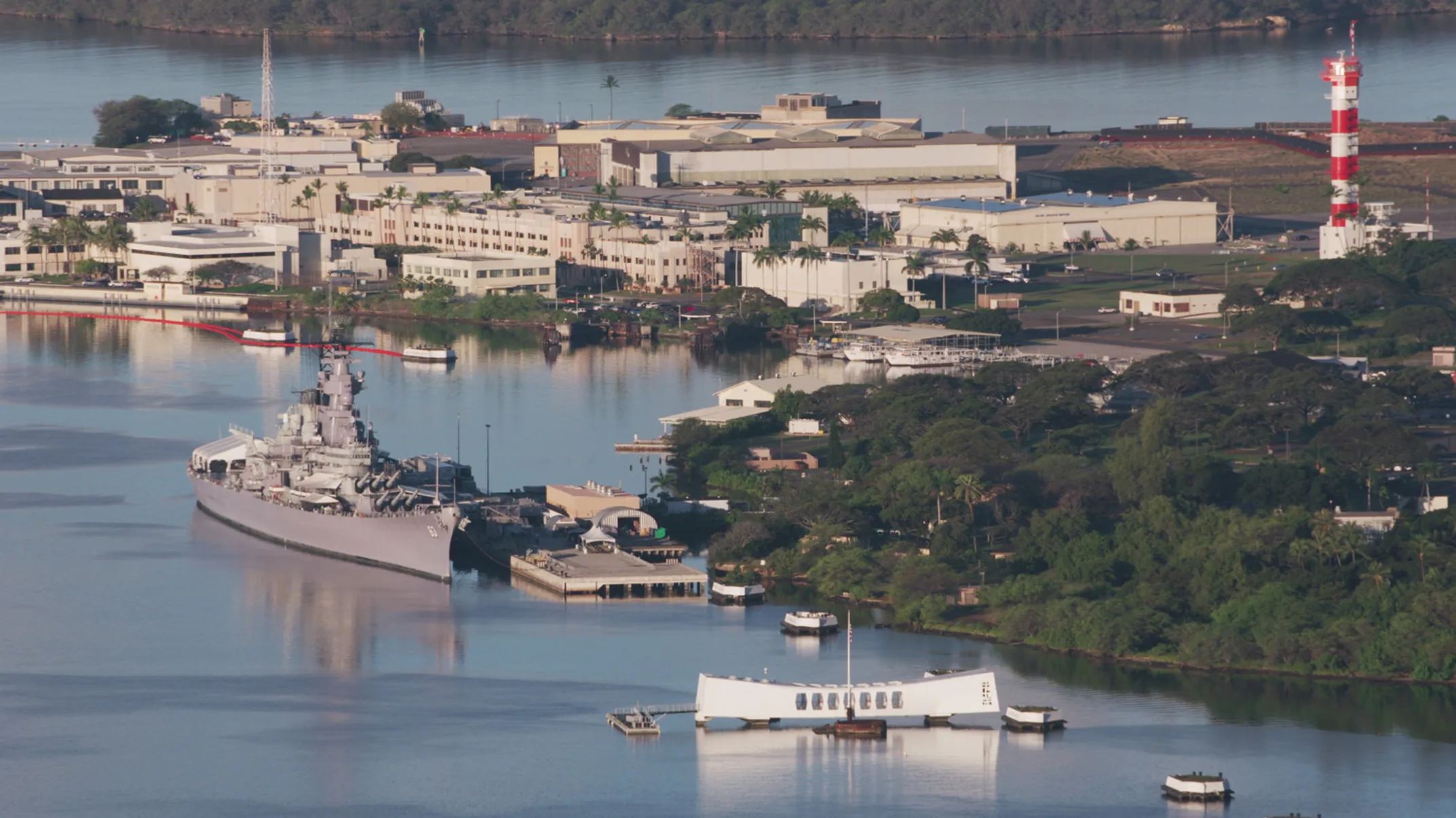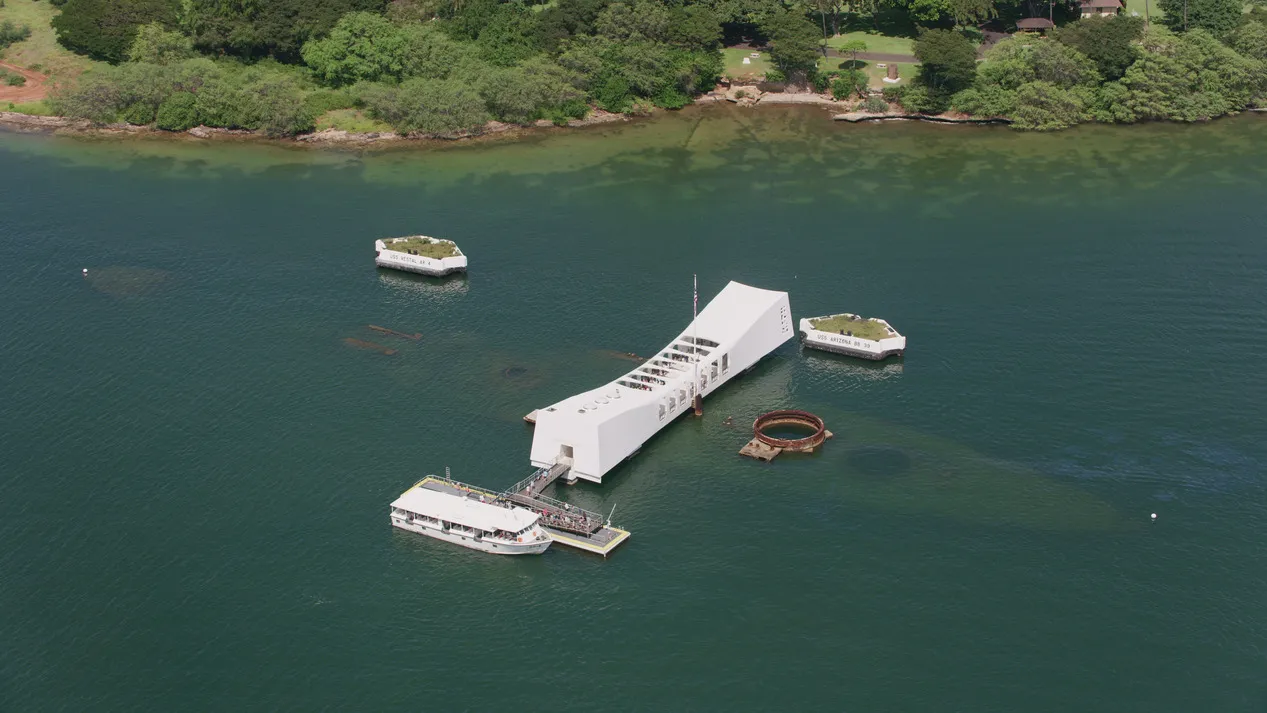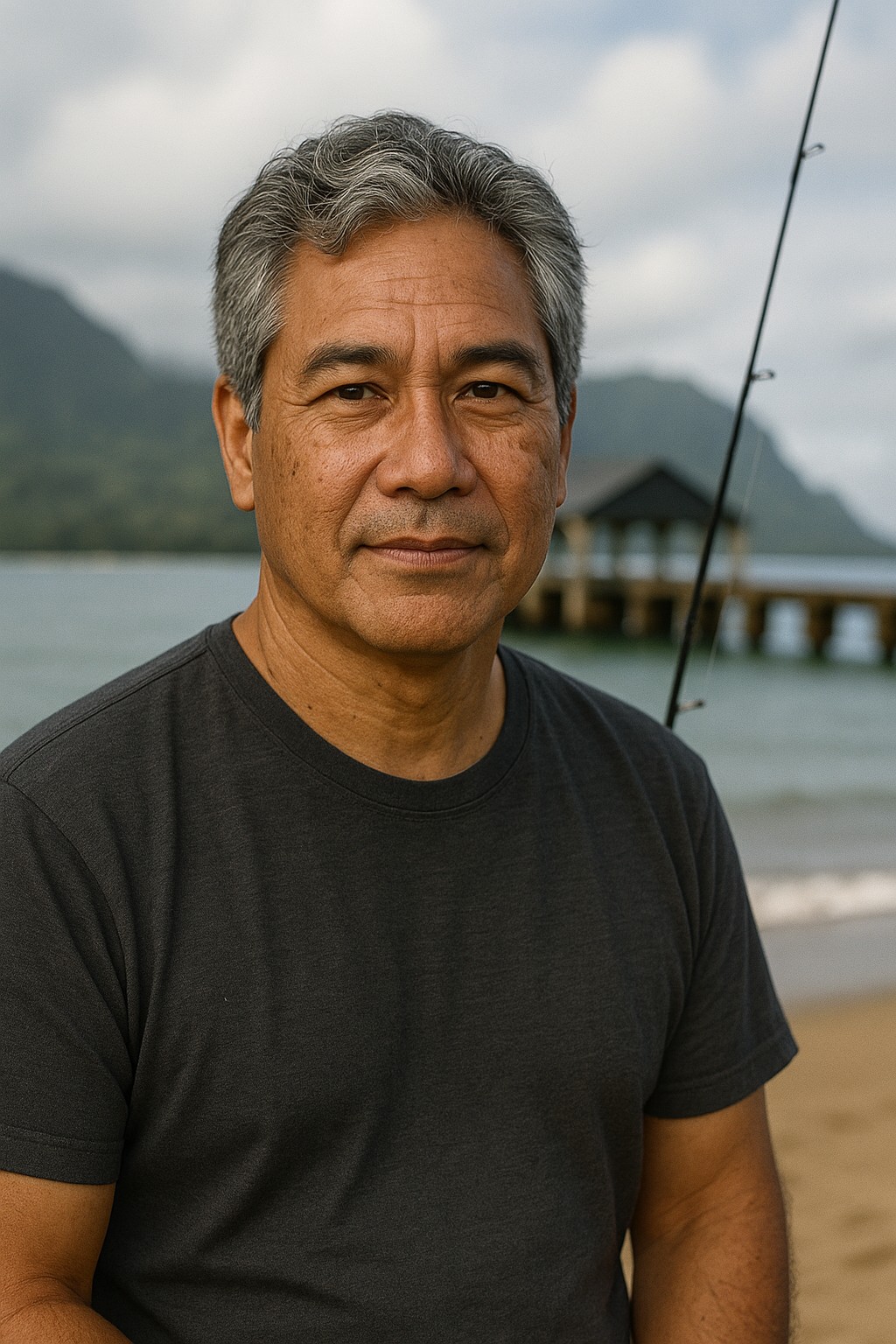

Pearl Harbor anchors Central Oʻahu historically, but this fertile valley offers much more than military history. This is where ancient Hawaiian traditions, plantation-era stories, and modern agricultural enterprises create a rich tapestry of experiences. Here, history isn't just preserved in museums—it's still living, breathing, and growing in the red earth and green fields.
Dole Plantation: The Pineapple Empire
When people think of Hawaiʻi, many still picture pineapples. That association exists largely because of James Dole, who arrived in Hawaiʻi in 1899 and built an agricultural empire that made the islands synonymous with the golden fruit.
Dole's success wasn't just about farming—it was about marketing genius. He convinced the world that Hawaiian pineapples were superior to all others. He developed efficient canning methods that could preserve the fruit for global shipping. He even promoted Hawaiʻi tourism as a way to create demand for his products. In many ways, Dole helped create the modern image of Hawaiʻi.
Today's Dole Plantation Experience:
🚂 Pineapple Express Train Tour
This 20-minute narrated journey takes you through working pineapple fields while explaining the fruit's history in Hawaiʻi. You'll learn about planting, harvesting, and processing methods. The train follows the route of the original Oʻahu Railway, which once transported pineapples from field to cannery.
🌿 Pineapple Garden Maze
Once recognized by Guinness World Records as the world's largest permanent plant maze, this puzzle covers three acres and features over 14,000 colorful Hawaiian plants. The maze has eight stations where you can collect stamps and learn about different aspects of Hawaiian agriculture and culture. Plan for 30-60 minutes depending on your puzzle-solving skills.
Plantation Garden Tour:
Eight themed gardens showcase plants that immigrants brought from their homelands and crops that shaped Hawaiʻi's economy. You'll see coffee, macadamia nuts, sugar cane, various tropical fruits, and native Hawaiian plants. Each garden tells part of the story of how Hawaiʻi became the multicultural paradise it is today.
DoleWhip and Demonstrations:
The famous DoleWhip soft serve is reason enough to visit for many people. Made from real pineapple, it's been a Disney Parks favorite for decades and originated right here. Free demonstrations show how pineapples are cut and prepared, plus chocolate-making techniques using local ingredients.
Visitor Information:
- • Hours: Daily 9:30 AM - 5:30 PM (closed Christmas Day)
- • Admission: Free to enter grounds and visitor center
- • Activities: Train ~$15, Maze ~$10, Garden ~$8.50 (adult prices; combo packages available)
- • Location: 64-1550 Kamehameha Highway, Wahiawā
- • Parking: Free on-site parking
Hawaiʻi's Plantation Village: Where Cultures Converged
This remarkable living history museum tells one of Hawaiʻi's most important stories: how people from around the world came to work sugar plantations and created the unique multicultural society we know today.
The Historical Context:
From roughly 1850 to 1950, sugar was indeed king in Hawaiʻi. Plantation owners needed workers and recruited from wherever they could find them. This labor shortage led to one of history's most remarkable demographic experiments—a deliberate bringing together of diverse cultures in one place.
The Immigrant Experience:
Each group brought their own traditions, foods, languages, and ways of life:
- • Chinese workers came first, starting in the 1850s
- • Portuguese families arrived in the 1870s and 1880s
- • Japanese immigrants formed the largest group by the early 1900s
- • Filipino workers came in multiple waves through the 1940s
- • Korean, Okinawan, and Puerto Rican workers also contributed
- • Native Hawaiians worked alongside all these groups
The Village Experience:
The museum recreates an authentic plantation camp with over 25 buildings representing different ethnic communities. Each structure is furnished with period artifacts, clothing, tools, and personal items that tell individual family stories.
Buildings and Exhibits Include:
• Chinese Society Building
Where workers gathered for meetings and cultural events
• Japanese Family Homes
Showing different economic levels and time periods
• Portuguese Baker's Shop
Demonstrating bread-making techniques
• Filipino Sakada Barracks
Where single male workers lived
• Korean Family Home
Including traditional ondol heating system
• Plantation General Store
Where workers bought necessities
Guided Tour Insights:
Knowledgeable docents lead visitors through the village, sharing stories about daily life, working conditions, cultural adaptations, and how different groups influenced each other. You'll learn about the pidgin language that developed for inter-group communication, the foods that became "local style," and the traditions that survived immigration.
Botanical Elements:
The village includes gardens with plants that immigrants brought from their homelands—medicinal herbs, food crops, and flowering plants that reminded them of home. Many of these plants are now considered "local" Hawaiian species.
Visitor Information:
- • Location: 94-695 Waipahu Street, Waipahu (near Waikele Premium Outlets)
- • Hours: Monday-Saturday 9:00 AM - 2:00 PM
- • Tours: Guided tours typically 10:00 AM - 12:00 PM (call ahead required: 808-677-0110)
- • Admission: Tour fees apply (call for current pricing)
- • Reservations: Essential due to limited group sizes
Wahiawā Botanical Garden: A Green Sanctuary
Hidden in a 27-acre forested ravine between the Waiʻanae and Koʻolau mountain ranges, Wahiawā Botanical Garden offers a peaceful escape that feels worlds away from busy highways and tourist crowds. This garden is special because it showcases plants that thrive in Central Oʻahu's unique microclimate—cooler temperatures and higher humidity than coastal areas.
Garden History:
Sugar planters established this site in the 1930s as an experimental arboretum. They wanted to test which tropical plants might grow successfully in Hawaiʻi's upland areas. Many of the mature trees you see today were planted during those early experiments. The garden became a public facility in 1950 and has been free to visitors ever since.
What Makes It Special:
The garden sits at about 1,000 feet elevation in a natural gulch that stays humid and cool year-round. This creates perfect conditions for plants that can't survive in Hawaiʻi's hotter, drier coastal areas. It's also one of the few places on Oʻahu where you can experience something approaching a tropical rainforest environment.
Notable Plants and Features:
Rainbow Eucalyptus
Trees with bark that peels away to reveal brilliant green, orange, red, and purple colors
Native Hawaiian Species
Koa trees, ʻōhiʻa lehua, native ferns, and other indigenous plants
Spice Trees
Cinnamon, allspice, and nutmeg trees you can smell as you walk
Coffee Plants
Arabian coffee growing in forest conditions
Tree Ferns
Some specimens reaching 40+ feet tall
Autograph Tree
You can actually write on the thick, waxy leaves
The Experience:
Walking through Wahiawā Botanical Garden feels like discovering a secret paradise. Paths wind through the gulch under a canopy of towering trees. The air is noticeably cooler and more humid than the surrounding area. Bird songs echo through the forest, and the sound of wind through leaves creates a natural symphony.
The garden is largely self-guided, though volunteers sometimes offer informal tours. Brochures (when available) highlight significant specimens and provide background information. Photography is excellent here, especially in the soft, filtered light that penetrates the forest canopy.
Visitor Information:
- • Hours: Daily 9:00 AM - 4:00 PM (closed Christmas and New Year's Day)
- • Admission: Free
- • Location: 1396 California Avenue, Wahiawā
- • Facilities: Restrooms, limited parking, no food service
- • Best Time: Early morning for cooler temperatures and better bird activity

Kūkaniloko Birthstones: Sacred Ground
This unassuming 5-acre field in central Wahiawā holds profound cultural significance as one of Oʻahu's most sacred ancient Hawaiian sites. For many visitors focused on Pearl Harbor and plantation history, Kūkaniloko provides important context about the land's much deeper cultural roots.
The Name and Meaning:
Kūkaniloko means "to anchor the cry from within"—referring to the cries of women in labor. Ancient Hawaiians considered this the piko (navel or center) of Oʻahu island, making it the most appropriate place for royal births.
Historical Significance:
For over 900 years, this site served as a revered royal birthing place where aliʻi nui (high chiefs and chiefesses) came to give birth. The location wasn't chosen randomly—it sits at the geographic center of Oʻahu, equidistant from all coasts, and was considered the island's spiritual center.
The approximately 180 lava rock stones scattered across the site were believed to possess mana (spiritual power) that could ease the pains of childbirth and ensure the spiritual significance of children born here. Royal births were elaborate ceremonies attended by high-ranking chiefs and spiritual advisors who would chant genealogies and bless the newborn.
What You'll See Today:
The birthstones remain scattered across an open field, appearing unremarkable to untrained eyes but holding deep meaning for Native Hawaiians. The stones are of various sizes, some showing signs of having been deliberately shaped or positioned. Palm trees planted in recent decades provide some shade, but the site retains its open, sacred character.
Interpretive signs provide basic historical information, but much of the site's significance comes from understanding traditional Hawaiian spiritual beliefs about land, genealogy, and the connection between chiefs and their territories.
Cultural Respect
This remains a sacred site for Native Hawaiians. Visitors should approach with reverence, speak quietly, and avoid climbing on or moving the stones. Some contemporary Hawaiian families still consider this a spiritual place and may visit for prayers or ceremonies.
Visitor Information:
- • Hours: Always open (daylight hours recommended)
- • Admission: Free
- • Location: Kamehameha Highway and Whitmore Avenue, Wahiawā
- • Facilities: Limited parking, no restrooms or services
- • Time Needed: 30 minutes for respectful visit
Green World Coffee Farm: From Bean to Brew
Coffee farming in Hawaiʻi began in the early 1800s, but most people only know about Kona coffee from the Big Island. Central Oʻahu's higher elevation and volcanic soil also create excellent conditions for coffee cultivation, and Green World Coffee Farm demonstrates the complete farm-to-cup process.
The Farm Experience:
This small, family-operated farm grows, processes, roasts, and brews coffee on the same property. Visitors can see the entire journey from coffee cherry to finished cup. The informal atmosphere makes it feel like visiting friends rather than taking a commercial tour.
What You'll Learn:
- • Growing Conditions: Why Central Oʻahu's climate works for coffee
- • Harvesting Methods: How coffee cherries are picked and processed
- • Roasting Techniques: The art and science of developing flavor
- • Brewing Methods: Different ways to prepare coffee for optimal taste
- • Hawaiian Coffee History: How coffee cultivation developed in the islands
The Tasting Experience:
Free samples typically include several coffee varieties roasted to different levels, plus various teas grown on the property. The staff can explain flavor profiles and help you understand what makes Hawaiian coffee distinctive.
Farm Tours:
Self-guided exploration using QR codes placed throughout the property, or informal guided tours when staff is available (first-come, first-served). Tours cover about an acre of growing areas, processing facilities, and roasting operations.
Cafe and Shop:
The on-site cafe serves coffee drinks, light meals, and local treats. Seating options include indoor air-conditioning, covered outdoor areas, and garden tables among the coffee plants. The shop sells farm-fresh coffee beans, Hawaiian-grown teas, and coffee-related products.
Visitor Information:
- • Hours: Daily 7:00 AM - 5:00 PM (weekdays), until 6:00 PM (weekends)
- • Cost: Free tours and samples; cafe and shop purchases separate
- • Location: 1068 Akaaka Street, Wahiawā
- • Facilities: Restrooms, free parking, wheelchair accessible areas
Other Central Oʻahu Landmarks
Schofield Barracks and Wheeler Army Airfield:
These active military installations have been Central Oʻahu fixtures since the early 1900s. Schofield Barracks, established in 1909, became the largest Army base in the Pacific. Wheeler Field (now Wheeler Army Airfield) was a primary target during the Pearl Harbor attack. While public access is restricted, their presence contributes to the region's military heritage and ongoing strategic importance.
Leilehua Plateau:
The expansive fields stretching across Central Oʻahu still evoke the region's agricultural past. Though most commercial pineapple farming has moved elsewhere, you can still see the geometric patterns of former plantation fields and understand why this area was once called the "Pineapple Bowl."
Aloha Stadium:
This distinctive stadium with its unique architectural design hosted University of Hawaiʻi football games, the NFL Pro Bowl, and numerous concerts and events. While currently undergoing redevelopment, it remains a recognizable Central Oʻahu landmark and symbol of the region's role in Hawaiian sports and entertainment.
🏝️ Central Oʻahu Sites
- 🍍
Dole Plantation
Train, maze, gardens
- 🏘️
Plantation Village
Living history museum
- 🌿
Wahiawā Garden
Tropical rainforest
- 🪨
Kūkaniloko
Sacred birthstones
- ☕
Coffee Farm
Bean to brew tours
💰 Time & Cost Guide
Dole Plantation
1-3 hrs | Free-$35
Plantation Village
2 hrs | Tour fees
Wahiawā Garden
1 hr | Free
Kūkaniloko
30 min | Free
Coffee Farm
1 hr | Free tour
🔗 Pearl Harbor Guide
🌺 Cultural Tips
- • Remove shoes before entering homes
- • Approach sacred sites with respect
- • Ask before photographing people
- • Support local businesses

